Shape of the vault
The shape of the vault has to meet three requirements. In the first place you have to make sure that the construction does not collapse. The shape of the vault has to sustain the thermal expansion and contraction during heating and cooling down. After all the shape of the vault determines if there is a good heat accumulation and if air circulation is possible.
To make a homogeneous and well done loaf of bread you have to take the distance into account between the bread and the vault that functions as heat source.
Construction
Crosswise, the vault has the shape of an ellipse or basket-handle arch, where the stress is mainly distributed vertically. Make sure that the inside of the vault is shaped like a curve by setting the bricks close to each other.
Lengthwise, the ovular shape provides the best mechanical impedance.
Thermal expansion
During stoking, the vault will be under stress due to thermal expansion. A basket-handle arch allows to retain this expansion and, after cooling down, will return to its original shape.
Good air circulation and heat accumulation
A vault that stores enough heat (good heat accumulation), can give off heat during baking -through radiation- to the bread.Bricks have good heat accumulation, but to store as much heat as possible, the bricks are placed with their head directed inwards.That is how you get a rather thick (about 20 cm) vault.
A good air circulation and heat expansion in the oven make sure that the vault gets hot equally during stoking. Ideally you can do this by giving the vault the shape of a dome with a circular or ovular shaped base with only rounded angles. The dome has to be flattened out so the distance between the loaves of bread and the vault (as heat source) does not become too big. But also because otherwise the smoke exhaust has to be built in the highest point of the vault to remove the gases accumulated there, which leads to a big heat loss.
Conclusion
The vault of 20 cm thick is egg shaped, both at the base as lengthwise. Crosswise, the vault consists of a regular shaped basket-handle arch.
It is preferable to use a basket-handle arch because this creates an equal distance between all loaves of bread and the vault. With an elliptic shaped vault, the distance between the loaves of bread, that lie on the outside, are smaller than those in the middle.
It is for that same reason that we also encounter many ovens without a vault, but the top is like a flat horizontal surface. This type of oven is easier to collapse because the heavy weight of the brick “ceiling” is not supported in the centre. Usually if one stone comes loose, the whole construction collapses.

Measuring the basket-handle arch
Required material:
- Rope with a piece of chalk tied to the end.
- Gauge rod
- Carpenter’s square
- straightedge
- Draw a straight line AA’ so that it is equal to the width of the oven
- Draw a diameter on the line AA’, creating point O
- Mark the point C on the diameter so that OC is equal to the height of the vault
- Draw half a circle with OA as radius and O as centre, creating the intersection D
- Draw a circle with CD as radius and C as centre.
- Connect the points A and C with each other, with the circle this results in intersection B
- Determine the perpendicular bisector of AB, this results in intersections T and U
- Draw the basket-handle arch with radii TA, UC and T’A’

Measuring the basket-handle arch, taking the size of the oven mouth into account
- During the Workshop build your own oven, the size of the oven mouth is 39,2 cm wide and 30,2 cm high (25,8 cm + 4,4 cm).
- The arch AC of the oven mouth has M1 as centre and 45,7 cm as radius
- The arch AC of the oven mouth is extended on both sides via a circle bow to the bottom where the width contains 70 cm - the circle bows AB and CD have M2 and M3 as centre and 67 cm as radius.
- People usually correct the circle arches AB and CD a bit to smoothen the design of the points A and C.

Drawing by Carlo Vande Walle
